Picture this: You’re an entrepreneur with a groundbreaking product idea. You’ve poured your heart, soul, and savings into conducting market research and developing it. Launch day arrives, and… crickets. What went wrong? The answer might lie in the goldmine you forgot to tap: customer insights.
In today’s hyper-competitive business landscape, understanding your customers isn’t just nice to have—it’s the secret sauce that separates runaway successes from expensive flops. Whether you’re a scrappy startup founder or a seasoned marketing pro, mastering the art of customer insights can be your ticket to product-market fit nirvana and sustainable growth.
But fear not, intrepid business explorer! This guide will equip you with the tools, techniques, and insider tips to harness the power of customer insights. So buckle up, and let’s dive into the world where data meets desire and business decisions are powered by the voice of your customers.
What Are Customer Insights?
Customer insights are the deep understanding and interpretation of customer behaviors, needs, motivations, and preferences. They are the Sherlock Holmes of the business world. But unlike the famous detective, you won’t need a magnifying glass or a deerstalker hat. Instead, you’ll be wielding data, analysis, and a deep understanding of human psychology.
At its core, customer insights transform raw data into actionable intelligence. It’s not just about collecting numbers; it’s about painting a vivid picture of your customers’ lives, challenges, and desires. This holistic view allows you to:
- Anticipate customer needs before they even realize them
- Tailor your products or services to solve real problems
- Craft marketing messages that resonate on a personal level
- Identify new market opportunities and potential pivot points
Think of customer insights as the bridge between what customers say they want and what they actually need. It’s the art of reading between the lines of surveys, interviews, and behavioral data to uncover the truth that drives purchasing decisions.
Importance of Customer Insights
Still not convinced that customer insights deserve a starring role in your business strategy? Let’s break down why they’re the unsung heroes of successful companies:
Reduced Risk, Increased Rewards
By understanding your customers deeply, you can validate ideas before investing heavily in development. This approach minimizes the risk of launching products that no one wants and maximizes the chances of creating something people can’t live without.
Personalization on Steroids
In an era where customers expect tailored experiences, insights allow you to segment your audience with laser precision. This means more relevant products, marketing messages, and customer service—all of which lead to higher satisfaction and loyalty.
Competitive Edge
While your competitors are playing guessing games, you’ll be making data-driven decisions. This insider knowledge of your customers gives you a significant advantage in positioning your brand and outmaneuvering the competition.
Innovation Fuel
Customer insights are the spark that ignites true innovation. By identifying unmet needs and pain points, you can develop products and services that solve real problems, potentially disrupting entire industries.
Improved Customer Lifetime Value
Understanding your customers better means you can anticipate their future needs. This foresight allows you to create upsell and cross-sell opportunities, increasing the lifetime value of each customer.
Enhanced Customer Experience
Insights help you identify pain points in the customer journey. By addressing these issues, you can create a smoother, more enjoyable experience that keeps customers coming back for more.
The bottom line? Customer insights transform your business from a shot in the dark to a precision-guided missile, hitting the bullseye of customer satisfaction and business growth.
How to Collect Customer Insights
Now that we’re all on board the customer insights train let’s explore the various ways to gather this precious data. Remember, the key is to use a mix of methods to get a well-rounded view of your customers.
1. Surveys and Questionnaires
Surveys are the bread and butter of customer insights. They’re scalable, quantifiable, and can provide a wealth of information. But beware the dreaded survey fatigue! Keep them short, sweet, and engaging.
Pro Tip: Use a mix of closed-ended questions for quantitative data and open-ended questions for qualitative insights. This combination gives you both the “what” and the “why” of customer behavior.
2. In-Depth Interviews
Nothing beats a good old-fashioned conversation for uncovering deep insights. In-depth interviews allow you to probe further, ask follow-up questions, and pick up on non-verbal cues.
Product Tip: Consider using Prelaunch‘s in-depth interview feature to connect with early adopters who have shown genuine interest in your product concept. Their insights can be invaluable for refining your offering.
3. Social Media Listening
Your customers are talking about you on social media—are you listening? Tools like Hootsuite or Sprout Social can help you monitor mentions, sentiment, and trending topics related to your brand or industry.
4. Website and App Analytics
Your digital properties are a goldmine of behavioral data. Tools like Google Analytics or Mixpanel can show you how customers interact with your website or app, revealing patterns and potential pain points.
5. Customer Service Interactions
Your support team is on the front lines, hearing customer issues firsthand. Create a system to capture and analyze these interactions for recurring themes or opportunities.
6. User Testing
Watching real users interact with your product can reveal insights you’d never get from a survey. Tools like UserTesting.com allow you to observe and analyze user behavior in real-time.
7. Purchase History Analysis
What customers buy (or don’t buy) tells a story. Analyze purchase patterns to identify trends, preferences, and potential areas for expansion or improvement.
8. Focus Groups
Bringing a small group of customers together can spark discussions that uncover unexpected insights. Just be aware of potential groupthink and ensure diverse representation.
Pro Tip: Multiply your insights by crossing focus groups with in-depth conversations with those select few who’ve already confirmed their purchase intent. This is exactly what Prelaunch is designed to help you do.
9. Ethnographic Research
Sometimes, you need to walk a mile in your customers’ shoes. Observing customers in their natural environment can reveal insights that they might not even be aware of themselves.
Pro Tip: Combine multiple methods for a 360-degree view of your customers. For example, use surveys to identify broad trends, then dive deeper with interviews to understand the “why” behind the data.
Tools for Analyzing Customer Insights
Collecting data is only half the battle. To turn that raw information into actionable insights, you need the right tools in your arsenal. Here are some top picks to help you make sense of all that customer data:
Prelaunch: The Game-Changer for Customer Insights
Prelaunch isn’t just another analytics tool—it’s a paradigm shift in how we approach customer insights, especially for new product concepts. The platform is especially known for its feature that boasts a wealth of unprecedented Customer Insights. Here’s why it’s turning heads in the startup world:
The Skin in the Game Advantage: Unlike traditional surveys where respondents are paid (and often provide low-quality responses), Prelaunch flips the script. Potential customers pay a small, refundable deposit to participate in your product development journey. This simple act dramatically increases the quality and depth of insights.
Let’s compare the results with an example below. Imagine you’re developing a fitness app and people where asked two types of questions; i.e. traditional questions they’d encounter during a paid survey versus the in-depth questions asked on Prelaunch:
Traditional Paid Survey:
Question: “What would make Product X better?”
Responses:
- “I don’t know”
- “Nothing I can think of”
- “More color options”
- “More visuals”
Prelaunch
Question: “What would make Product X better?”
Responses:
- “I’d love a product that gives me time for my workouts and keeps track of my weight loss.”
- “I want something easy to use that gives me plenty of options. With adaptable routines for exercising indoors or out.”
- “I need a product that saves me money on my gym membership. Better quality guidance and tips on healthier eating would be a huge improvement.”
- “It should have an automated system that picks up on the type of exercises I prefer and creates custom workouts based on that so I don’t have to build on myself.”
The difference is stark. Prelaunch’s approach yields detailed, actionable insights that can directly inform product development and marketing strategies.
Google Analytics: The Swiss Army Knife of Web Analytics
For website behavior, it’s hard to beat Google Analytics. It provides a wealth of data on traffic sources, user behavior, and conversion rates. The best part? It’s free and integrates seamlessly with other Google tools.
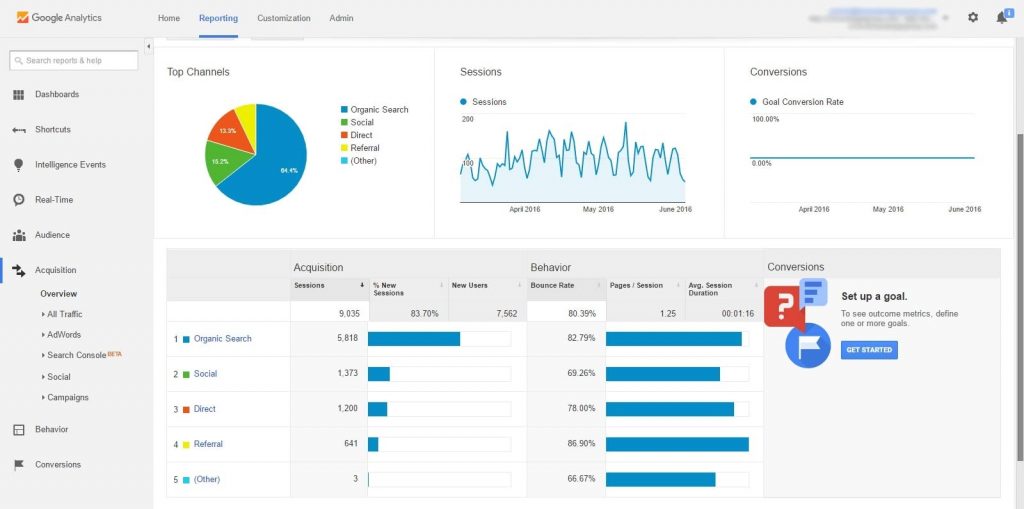
Hotjar: Visualizing User Behavior
Hotjar offers heatmaps and session recordings, allowing you to see exactly how users interact with your website. It’s like being a fly on the wall as customers navigate your digital presence.
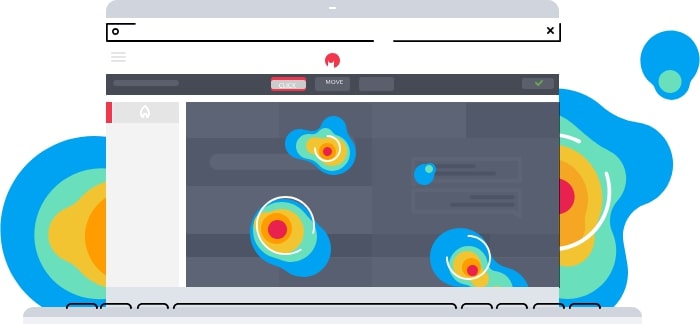
Tableau: Data Visualization Made Beautiful
For those drowning in spreadsheets, Tableau can be a lifesaver. It transforms complex data sets into intuitive visualizations, making it easier to spot trends and patterns.
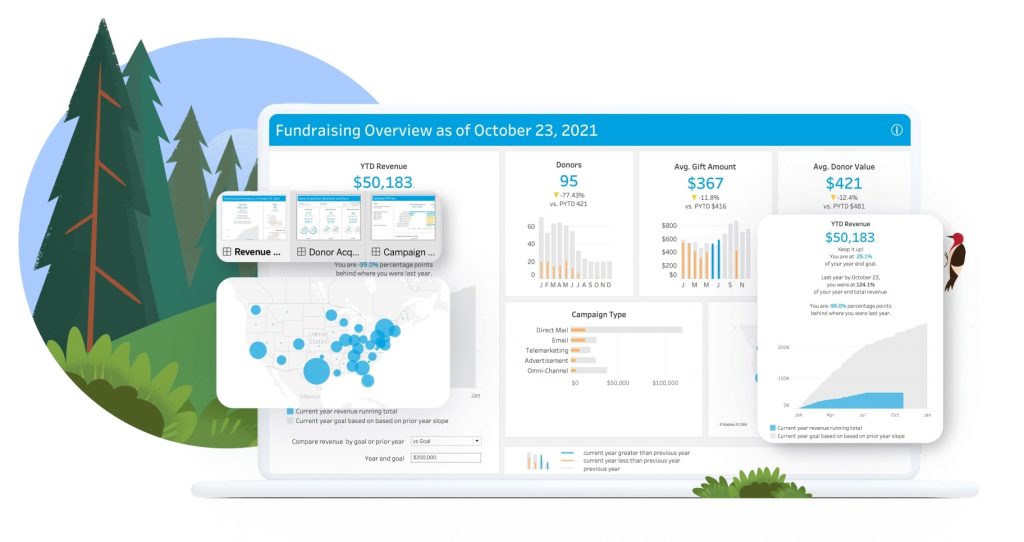
Qualtrics: The Survey Powerhouse
When it comes to creating and analyzing surveys, Qualtrics is a top choice for many businesses. It offers advanced features like sentiment analysis and predictive analytics.
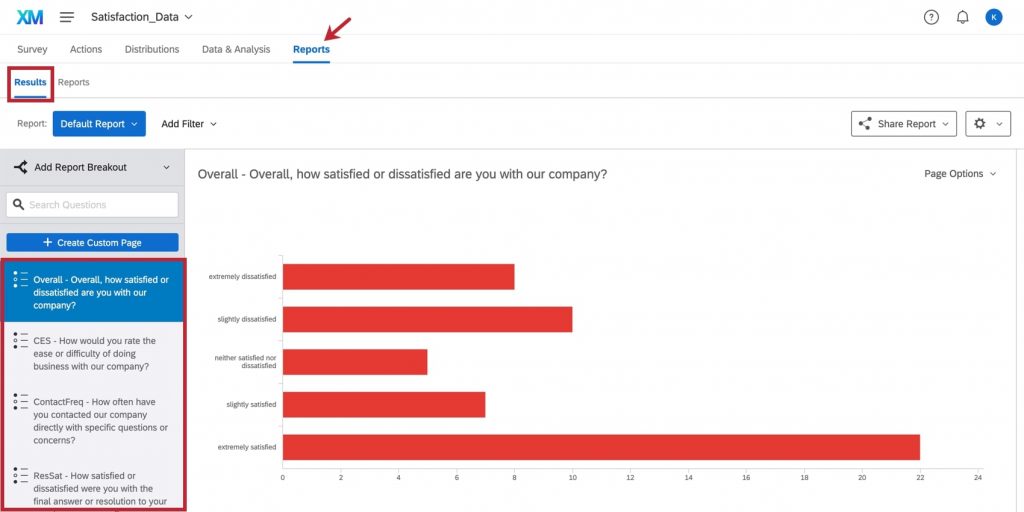
Salesforce Einstein: AI-Powered Customer Insights
For those ready to embrace artificial intelligence, Salesforce Einstein analyzes customer data to predict future behavior and provide personalized recommendations.
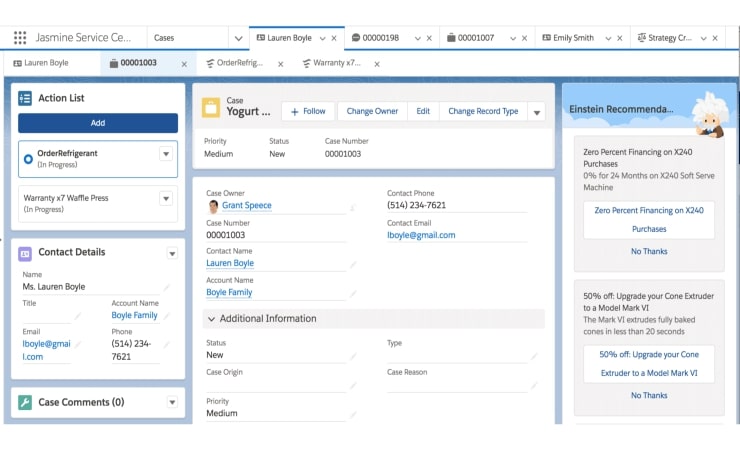
Social Mention: Social Media Insights on a Budget
If you’re just dipping your toes into social media analysis, Social Mention is a free tool that monitors brand mentions and sentiment across various platforms.

Remember, the best tool is the one that fits your specific needs and budget. Start with the basics and expand your toolkit as your customer insight needs grow.
Challenges in Gathering Customer Insights
While customer insights are invaluable, the path to obtaining them isn’t always smooth. Here are some common challenges you might face and how to overcome them:
Data Overload: In the age of big data, it’s easy to get overwhelmed. Focus on collecting data that aligns with your specific business questions and goals.
Bias in Research: Both researchers and respondents can introduce bias into the data. Use a mix of methodologies and be aware of potential biases when interpreting results.
Privacy Concerns: With regulations like GDPR and CCPA, handling customer data requires care. Be transparent about data collection and use, and always prioritize customer privacy.
Actionability: Not all insights lead to clear actions. Prioritize findings that can directly impact your business decisions and create a process for turning insights into action plans.
Keeping Insights Fresh: Customer preferences change rapidly. Regularly update your insights and be prepared to pivot based on new information.
Siloed Data: Often, valuable customer data is spread across different departments. Foster a culture of data sharing and consider implementing a centralized customer data platform.
Qualitative Data Analysis: While quantitative data is easy to crunch, qualitative data requires more nuanced analysis. Consider using text analytics tools or hiring experienced qualitative researchers.
Budget Constraints: Robust customer insight programs can be expensive. Start small, prove the value, and scale up as you demonstrate ROI.
Bridging the Say-Do Gap: As one very insightful Prelaunch case Agwa demonstrated, there can be a significant difference between what customers say they prefer and what they buy. This “say-do gap” can lead to misguided product decisions. To overcome this:
- Use methods that simulate real purchasing decisions, like Prelaunch’s deposit system.
- Conduct A/B testing on actual product variants or features.
- Analyze historical purchase data alongside survey responses.
- Implement behavioral economics principles in your research design.

Conclusion: The Customer Insight Advantage
In the rapidly changing business world, customer insights are your secret weapon for staying ahead. They guide your product development, amplify your marketing, and help you anticipate market trends. By adopting a data-driven approach to understanding your customers, you’re not just improving your success chances—you’re transforming your business. From reducing product launch risks to creating personalized experiences, customer insights impact every part of your business.
Remember, gathering customer insights is an ongoing journey. It requires curiosity, persistence, and a willingness to challenge assumptions. But those committed to this path reap immense rewards: products customers love, marketing that resonates, and a business that grows by design, not by chance.
So, are you ready to unlock your business’s potential? Dive into customer insights, and watch your data-driven decisions turn into business success. Your customers are speaking—listen, understand, and act. The future of your business depends on it.
Sometimes the most valuable insights come unexpectedly. Whether it’s fishermen buying your indoor gardening system or photographers using your product creatively, staying open to surprises can lead to innovations. In customer insights, expect the unexpected and be ready to turn surprises into opportunities.



